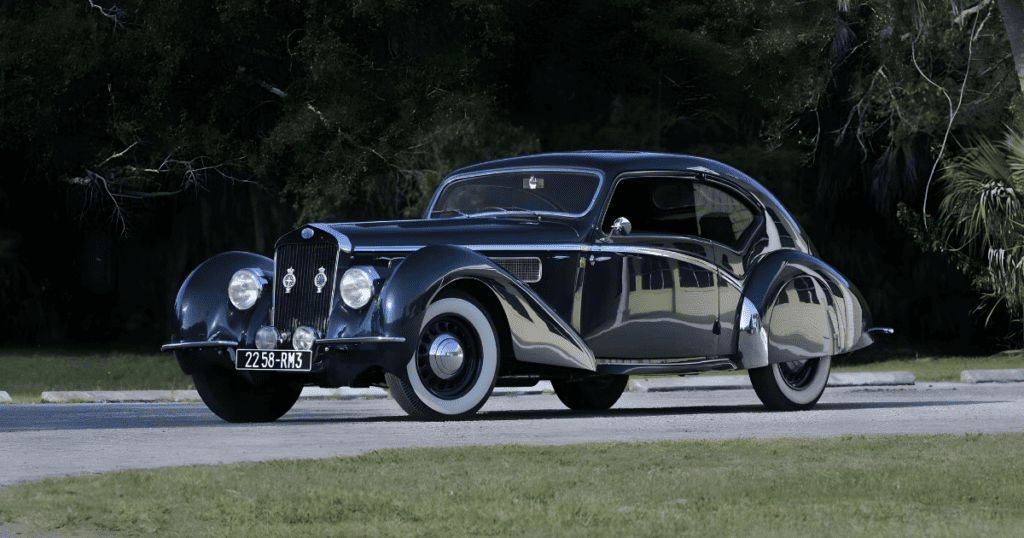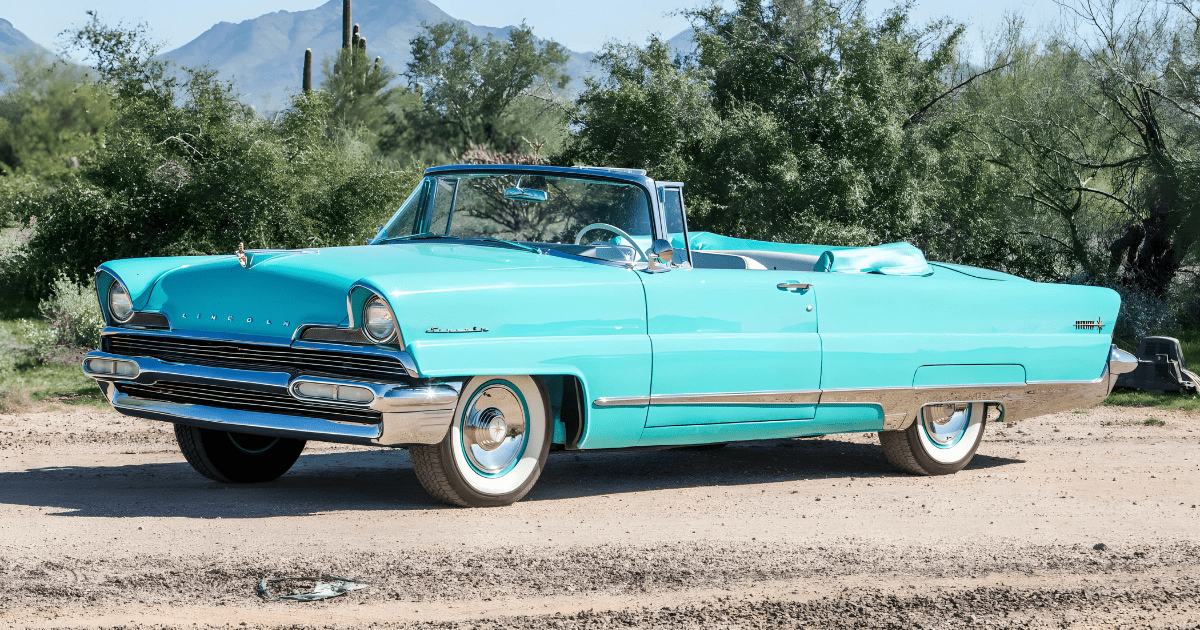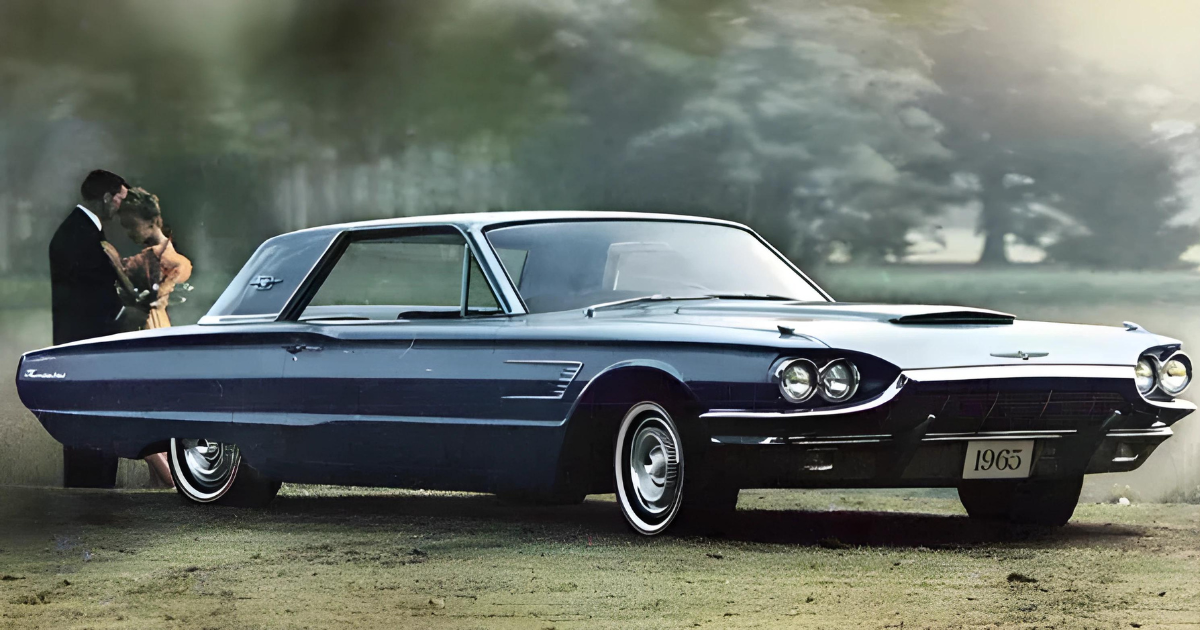
Louis Delage, a man of imperiousness and unyielding will, left an indelible mark on the automotive world through his leadership of the eponymous Delage company. Born in 1874, Delage’s journey in the automotive industry began after his graduation from the prestigious École Nationale d’Arts et Métiers.
His initial foray into the world of automobiles was marked by a stint at Peugeot, a period that laid the foundation for his future endeavors.

In collaboration with engineer Augustin Legros, Delage established his own firm in Paris in 1905. The early years saw the company gaining traction, and the turning point came in 1906 when Delage and Legros secured a remarkable 2nd place finish at the Coupe des Voiturettes de L’Auto.
This triumph marked the initiation of a pioneering strategy that would become synonymous with Delage’s legacy—using racing accomplishments to enhance the brand’s appeal and drive sales.

The aftermath of World War I brought significant changes to Delage’s strategic direction. Fueled by wartime profits, the company shifted its focus from more utilitarian vehicles to the realm of luxury automobiles. This shift was substantiated by a Grand Prix World Championship win in 1927, solidifying Delage’s position as a formidable player in the automotive industry.

However, the 1930s proved challenging for Delage, marked by financial strains and the departure of key talents. Despite these setbacks, the legacy of Delage lived on through the acquisition of its assets by Delahaye in 1935. The Delahaye era ushered in a new chapter for the marque, introducing the iconic D8-120, which stood as the sole 8-cylinder car in the combined Delage-Delahaye lineup.

The D8-120, a testament to automotive excellence, boasted a chrome flex-pipe exhaust system, captivating aesthetics, and a regal demeanor. At the pinnacle of Delage’s aesthetic legacy was the Aerosport coupe, a design masterpiece by Marcel LeTourneur. This car, with its sleek lines and timeless elegance, represented the epitome of French automotive design in the 1930s.

Chassis number 51617 emerged as the final iteration of the Aerosport, showcasing LeTourneur’s brilliance in every detail. With a lower roofline and pillarless side windows, this car was a rare and elegant testament to the fusion of engineering and artistry. As the 11th of the 12 cars produced, it occupied a unique place in the records of automotive history.

Louis Delage’s unwavering authority and strategic vision had set the stage for a legacy that transcended challenges and evolved over time. The Delage-Delahaye collaboration, culminating in the D8-120 Aerosport, exemplified the resilience and innovation that characterized the French automotive industry during a transformative era.
The masterful design, represented by chassis number 51617, not only symbolized the culmination of an era but also stood as a timeless tribute to the craftsmanship and elegance of 1930s French automobiles.




